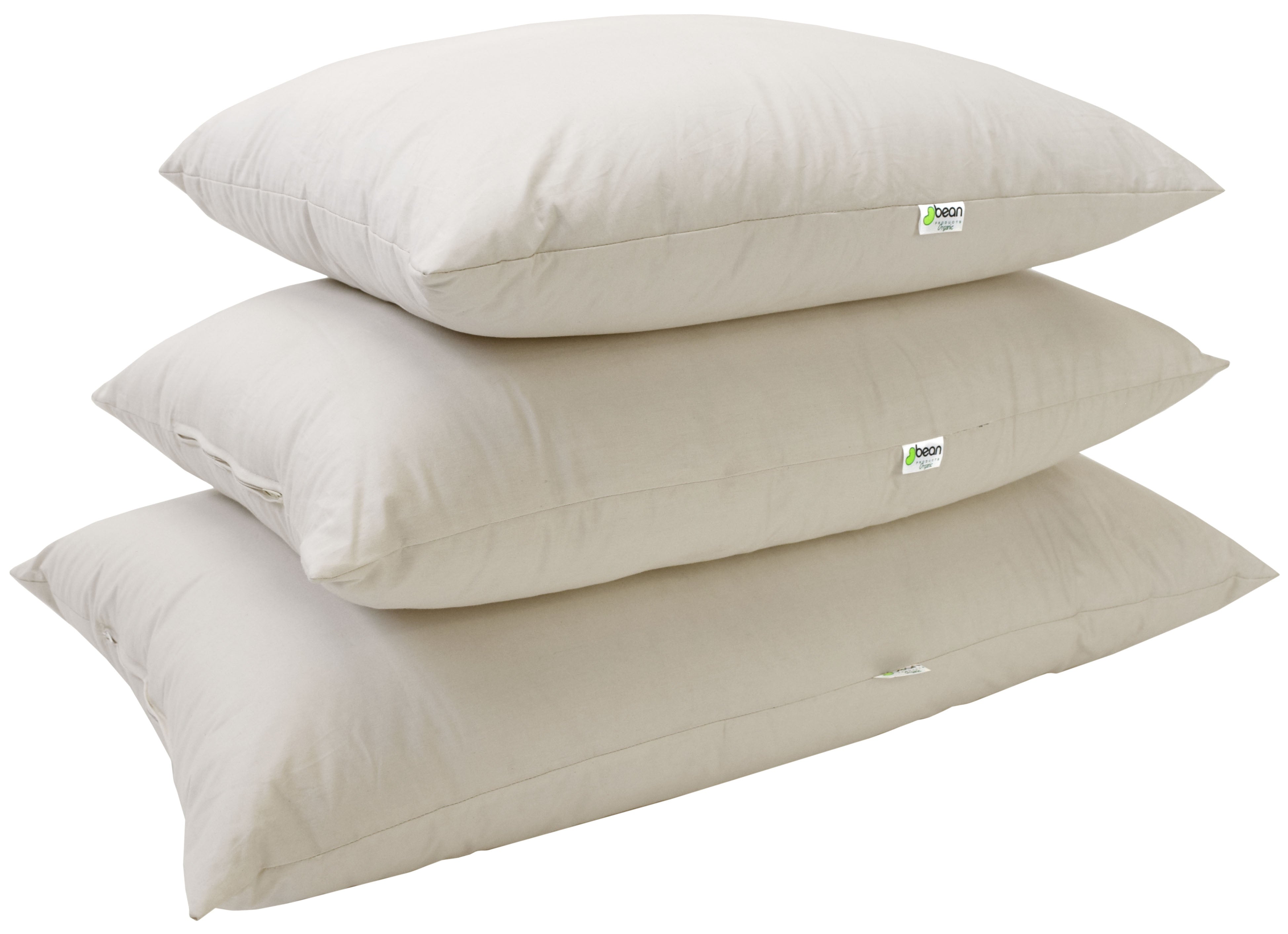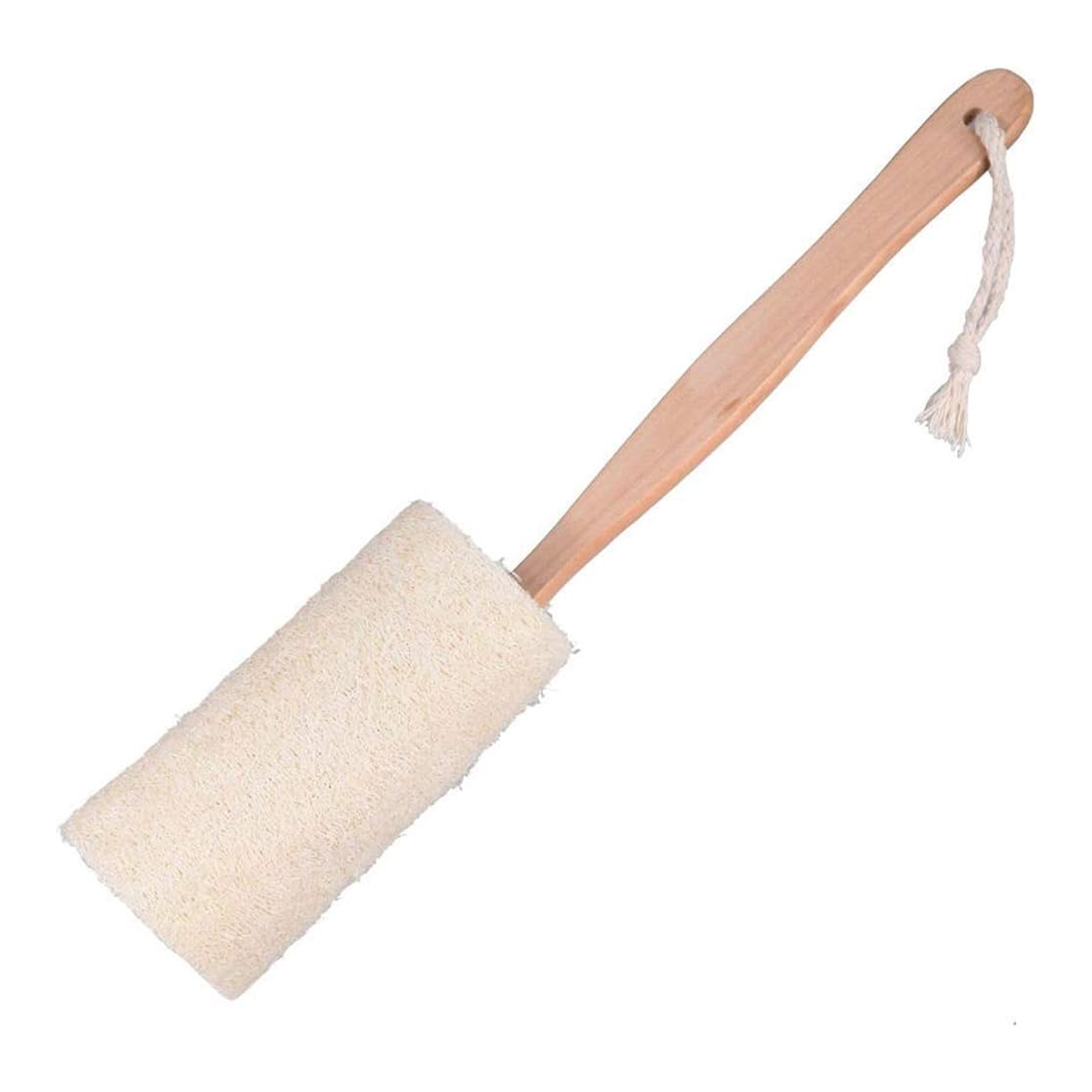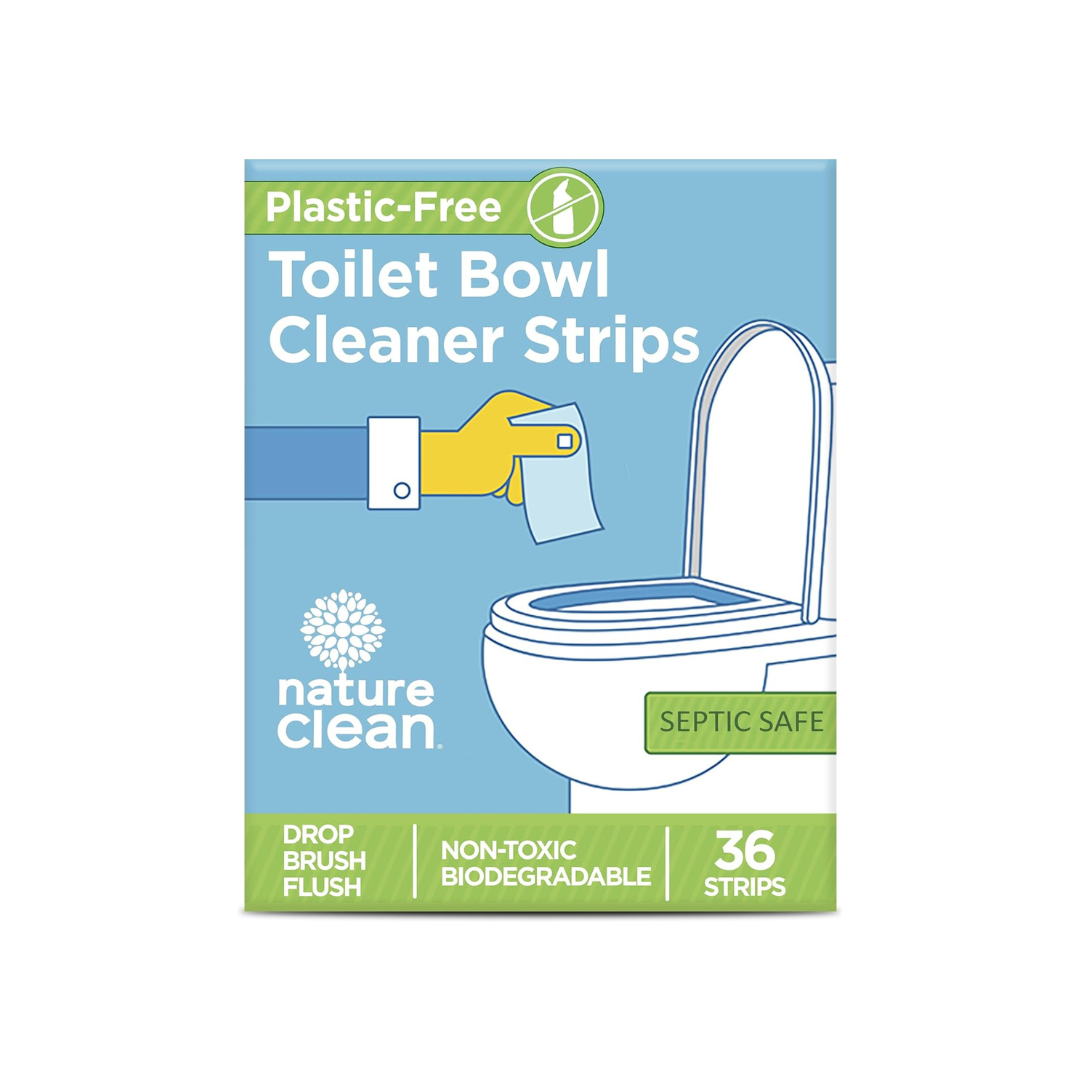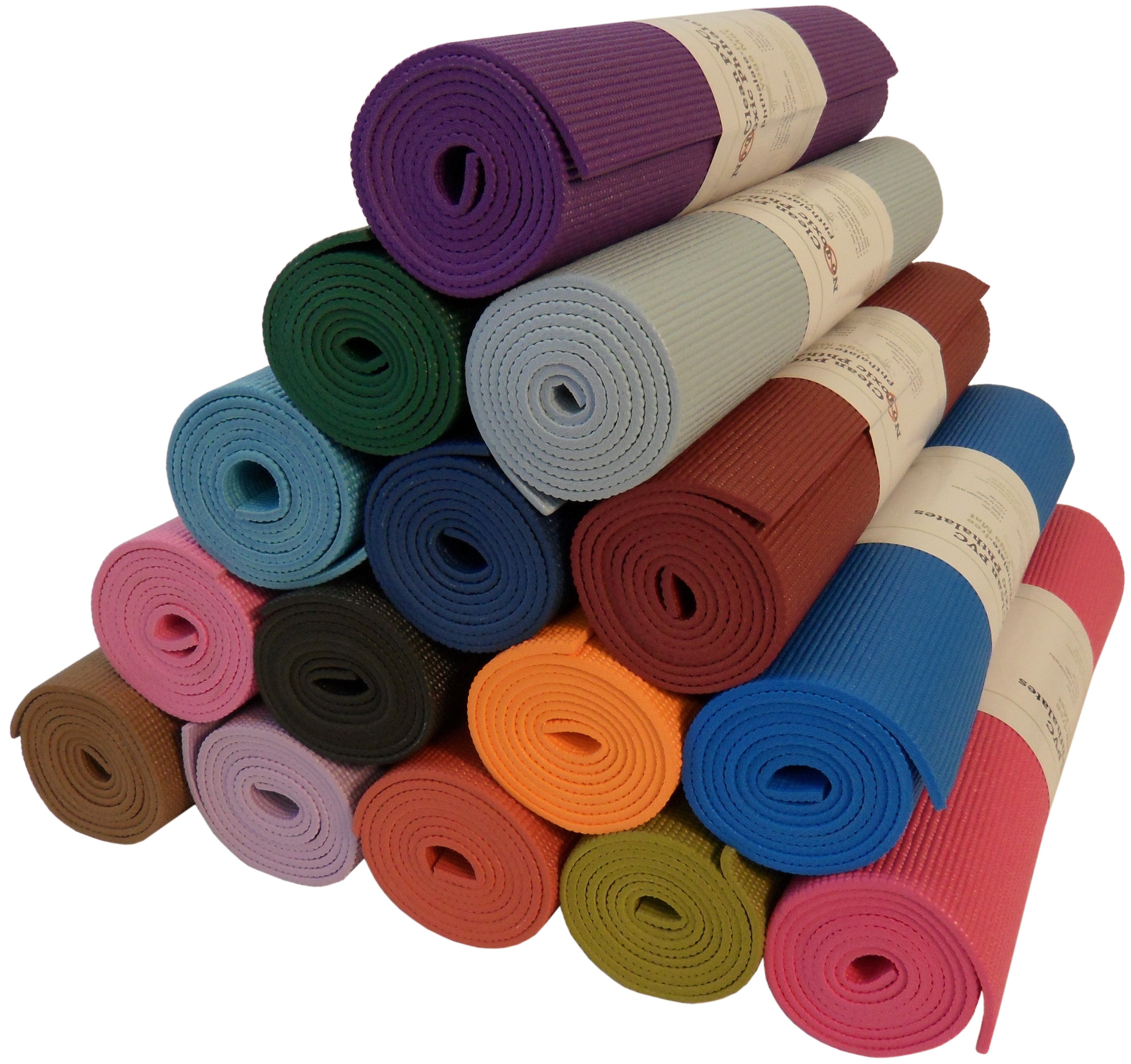In an era where climate change and sustainability are at the forefront of global conversations, one inspiring story stands out—a custom-built, off-grid tiny house that not only cuts utility bills to zero but also embodies the essence of personal freedom and environmental responsibility. The "Living Big in a Tiny House" YouTube channel recently featured an extraordinary video titled "Zero Utility Bills And Ultimate Freedom In This Epic OFF-GRID Tiny House!" presented by Bryce Langston. This blog delves into the innovative features and sustainable practices showcased in the tiny house, offering insights into how such a lifestyle is not just feasible but profoundly liberating.
Ultimate Off-Grid Living
The cornerstone of this tiny house's appeal is its complete independence from traditional utility systems. Equipped with an impressive solar panel array and battery storage, the house ensures a constant supply of clean energy, sufficient to power all household needs and even an electric vehicle. This setup is a testament to the viability of renewable energy solutions in achieving energy independence and significantly reducing one's carbon footprint.
The Heart of Home: Custom Design and Functionality
Personal touches in the tiny house are evident throughout its design and functionality. Every corner of the home reflects careful consideration, blending aesthetics with practicality. From the layout to the choice of materials, the house is tailored to meet the unique needs and preferences of its occupants, proving that small spaces can be both beautiful and fully functional.
Water Sustainability: Beyond the Basics
Another remarkable feature of this tiny home is its water management system. Large tanks collect and store rainwater, which is then used for all household water needs. Additionally, a greywater recycling system reuses water from sinks and showers, minimizing waste and further reducing the environmental impact. Such systems not only conserve precious water resources but also serve as a blueprint for sustainable water use in residential settings.
DIY Empowerment and the Building Journey
Built primarily by the owner, the tiny house is a showcase of skill, dedication, and empowerment. The DIY building journey is a powerful narrative of self-reliance and the joy of creating one’s own living space from the ground up. This aspect of the project resonates particularly with those who see value in hands-on work and the profound satisfaction that comes from personally crafting one's environment.
Future-Ready and Expanding
The design of the tiny house incorporates flexibility for future expansions, demonstrating foresight in planning and investment. The owner has plans to add more tiny homes and structures, potentially creating a compound that maintains a balance between communal living and personal space. This approach not only enhances the property's functionality but also its value, making it a smart, long-term investment in sustainable living.
Innovative Solutions for Modern Living
Among the innovative solutions featured in the tiny house is a biogas toilet system, an eco-friendly alternative to traditional waste disposal methods. This system reflects a commitment to finding sustainable solutions that do not compromise modern conveniences. It's a clear message that sustainability and comfort can go hand in hand, provided there is creativity and willingness to adopt new technologies.
Community Connection and Financial Independence
Building the tiny house on family property has helped strengthen community ties and illustrates the importance of support networks in sustainable living endeavors. Additionally, the financial independence achieved through eliminating utility bills and reducing maintenance costs is a compelling aspect of off-grid living. It aligns financial goals with environmental consciousness, making it an attractive option for those looking to reduce both their ecological footprint and living expenses.
Personalization: Reflecting Values and Aesthetics
Lastly, the unique design elements of the tiny house—from timber features to the thoughtful layout—highlight the owner's personality and values. This level of personalization makes the house not just a place to live but a true home that resonates with the owner's lifestyle and aesthetic preferences.
Conclusion
This off-grid tiny house is more than just a place to live; it's a lifestyle choice that champions sustainability, independence, and personal fulfillment. For anyone inspired to reduce their environmental impact while enhancing their quality of life, this house proves it's possible to live large in a tiny, sustainable home. Whether you're a seasoned eco-enthusiast or a newcomer to sustainable living, there's no denying the appeal and practicality of such a beautifully realized living space.






































